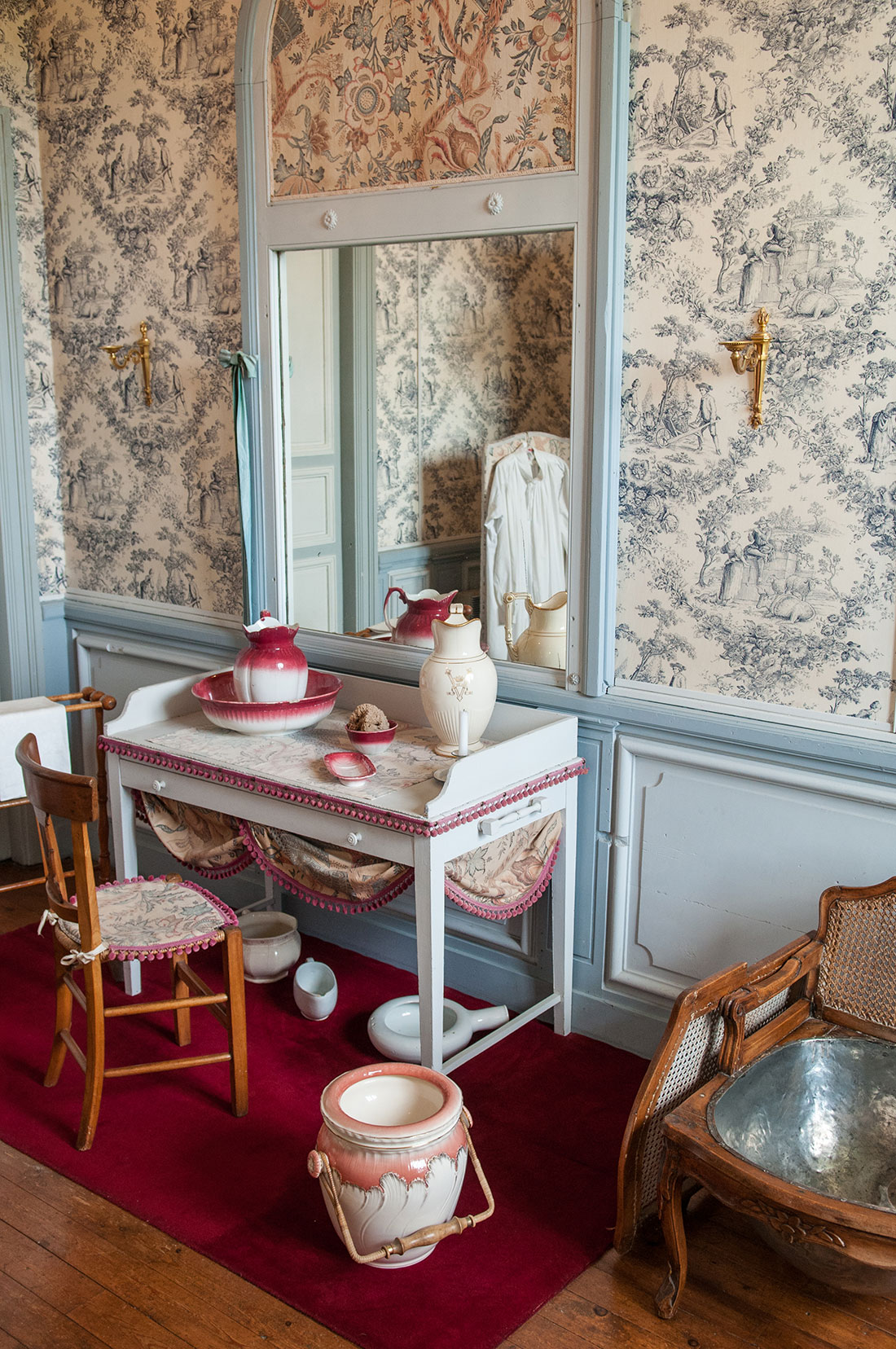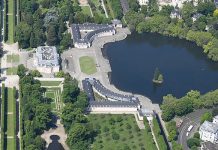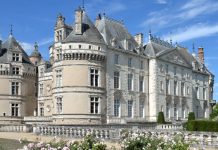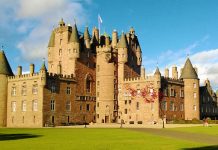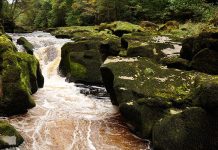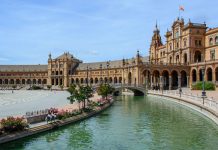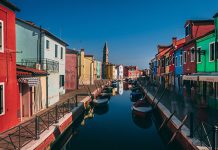Along with Chenonceau, Cheverny and Chambord, the Château de Valençay is one of the iconic sites in the Loire Valley. Known as the residence of Talleyrand, it is famous for its turbulent history, which started long before the famous diplomat purchased it in 1803.

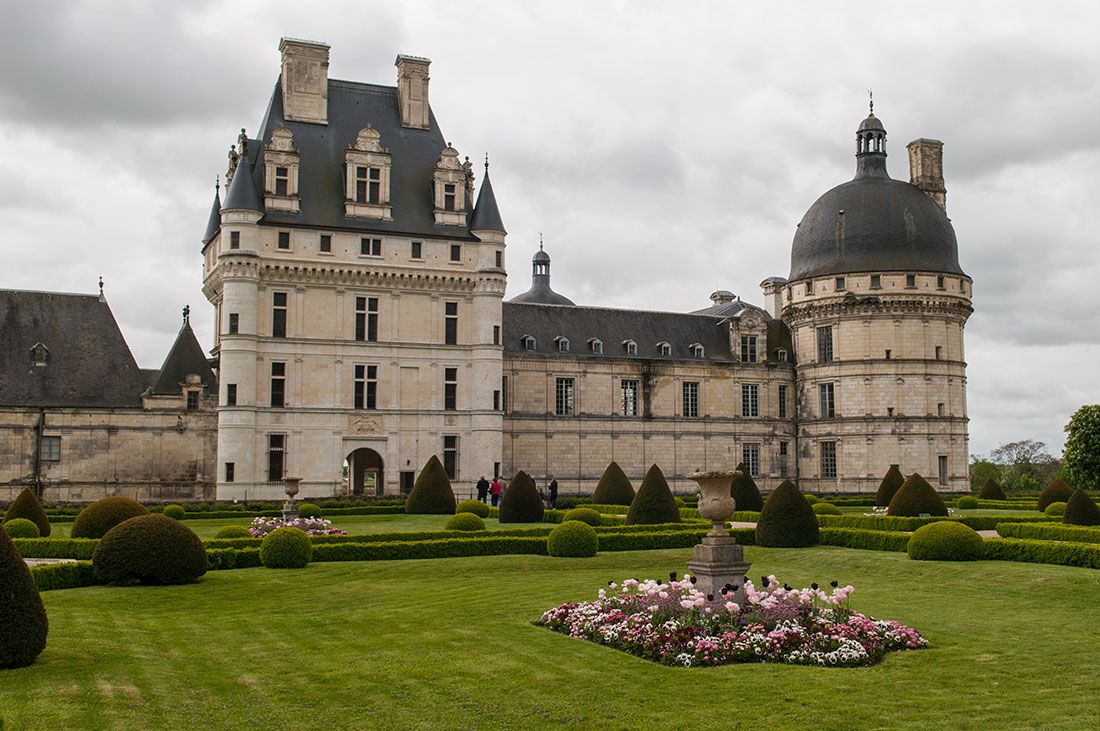
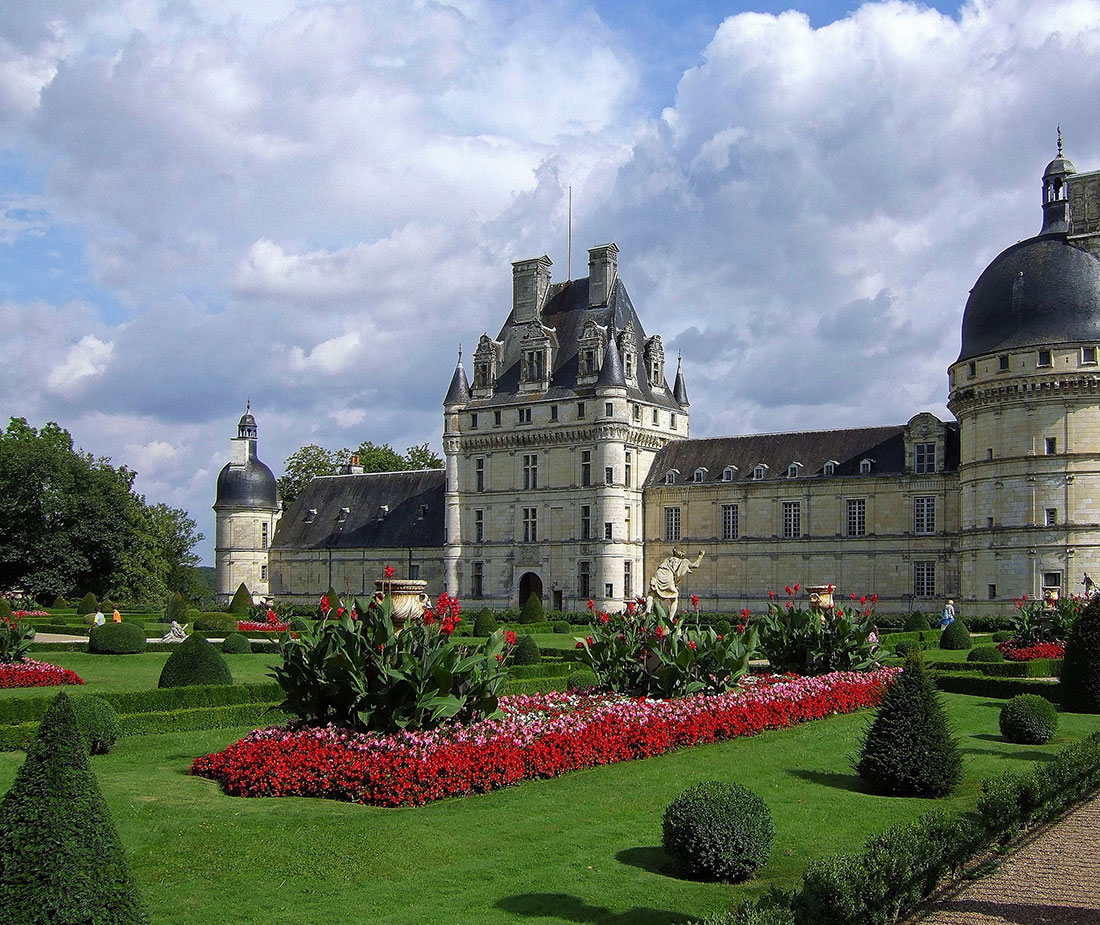
The first buildings of the Valençay complex date back to the 13th century. Of these, only the medieval lower hall has been preserved. The turning point in construction came in 1451, when the estate was acquired by Robert II d’Estampes. He rebuilt the castle in the Renaissance style, which was popular in the first half of the 16th century.
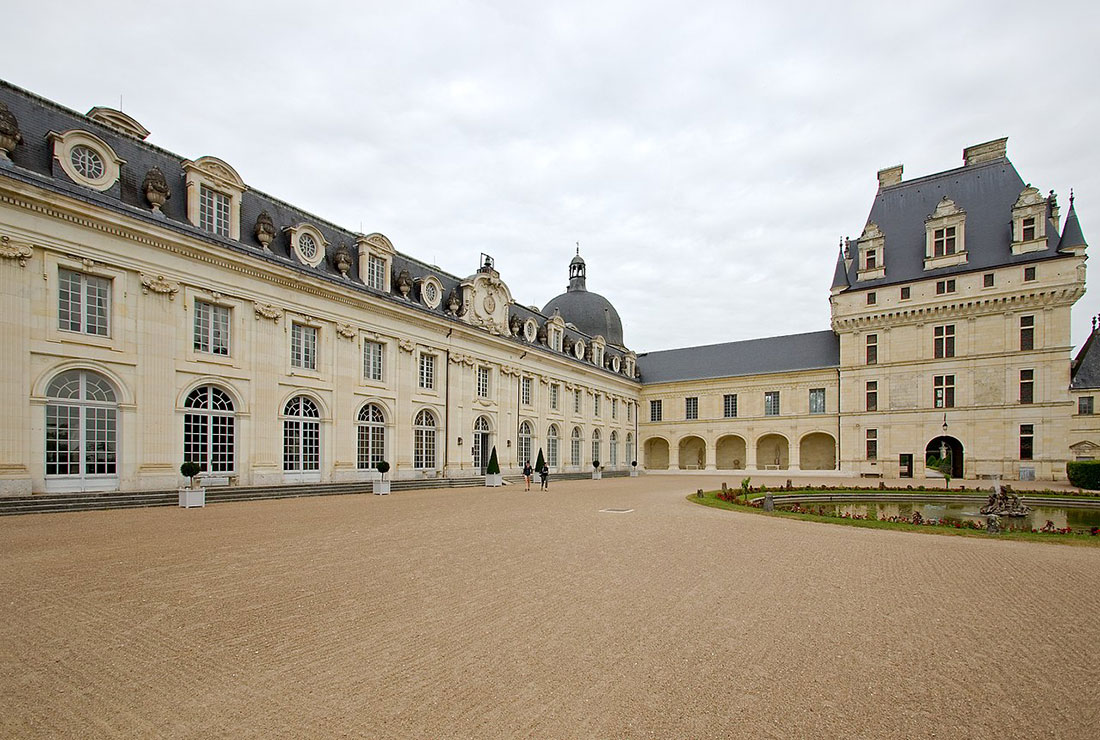
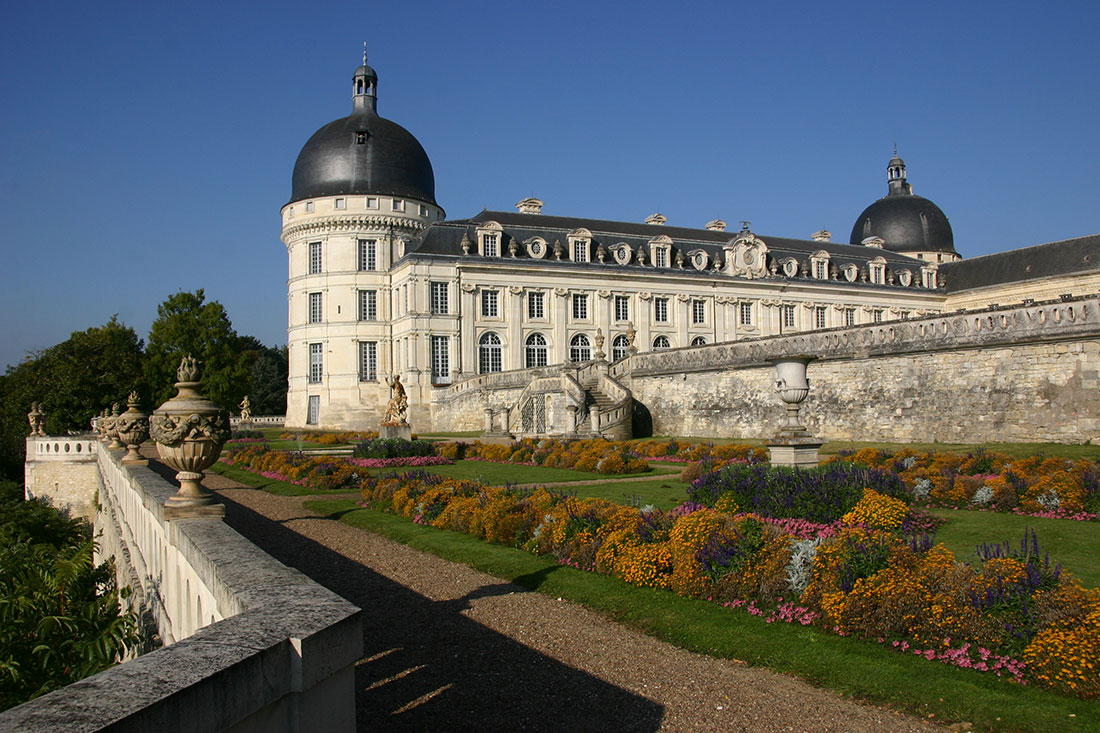
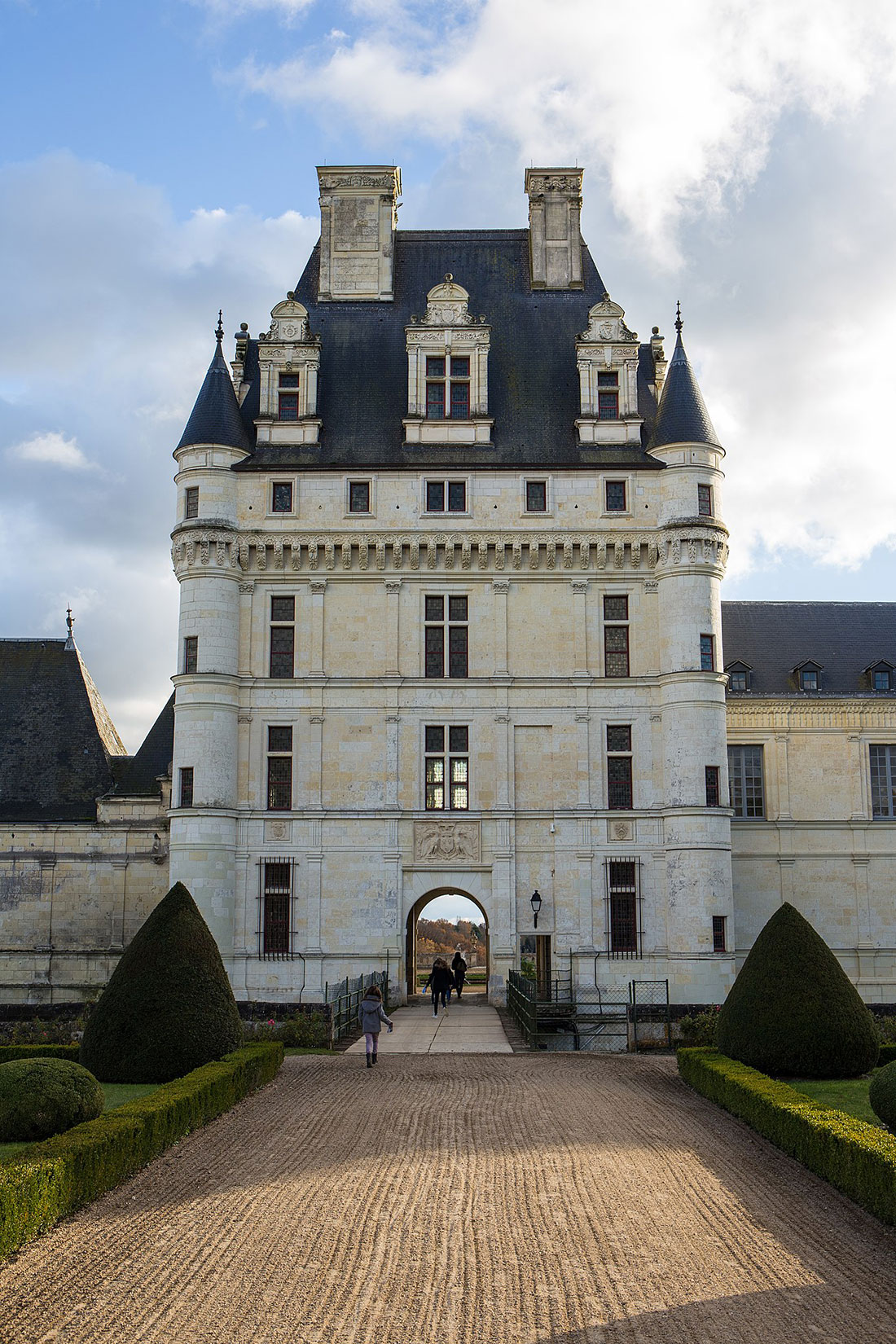
At this time, the Hundred Years’ War was coming to an end. The defensive purpose of the outpost gradually fell, so it was decided to destroy it in order to make room for a modern castle. The d’Estamp family, who had managed to become part of the high nobility, wanted to build a house befitting their new status. The marriage of Louis d’Estampes to Marie Hurault, daughter of the Lord of Cheverny and manager of the finances of Louis XII, allowed to start the building process around 1520, almost at the same time with the construction of Chambord Castle, located a few kilometers away. This construction was continued by the following generations until 1650.
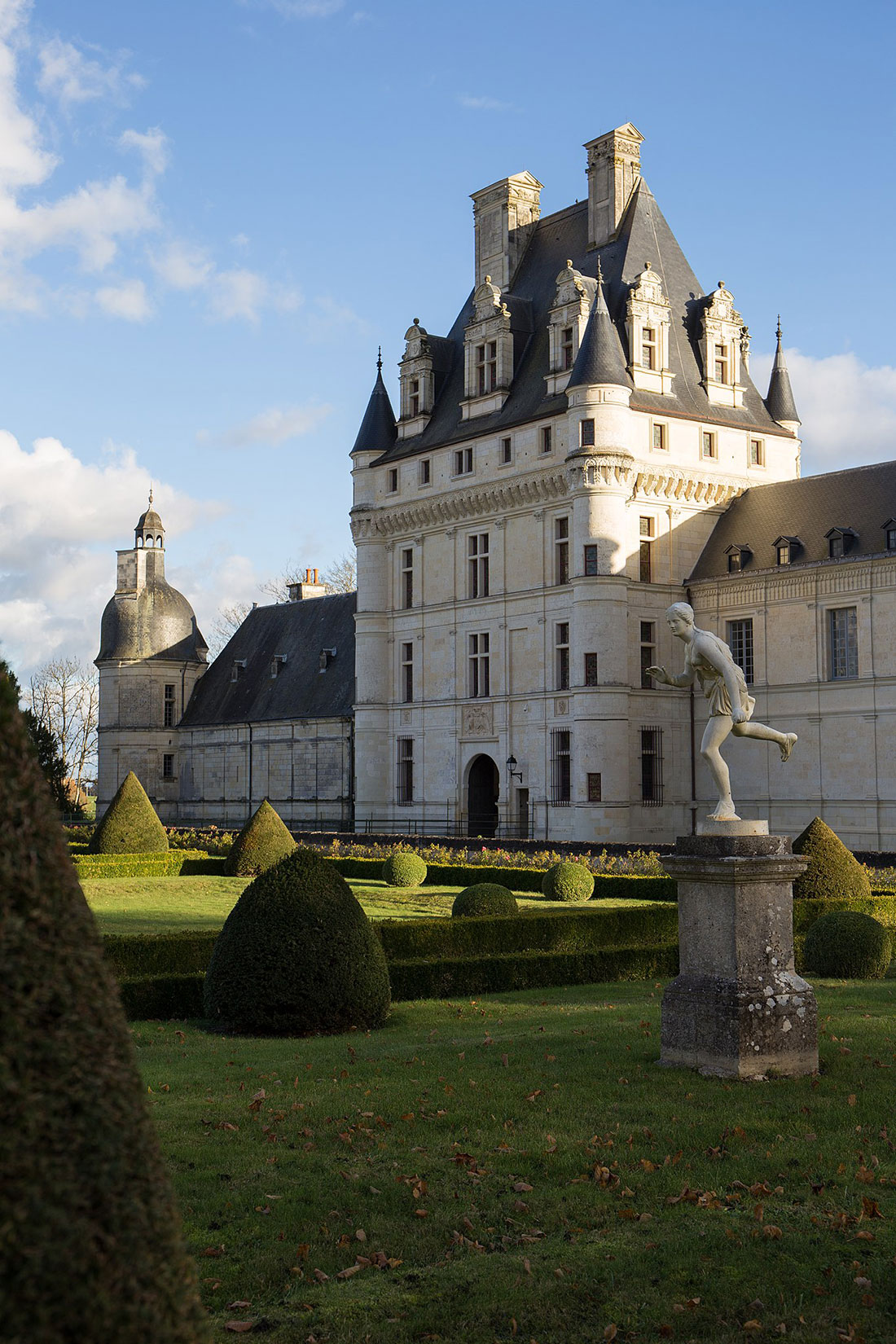
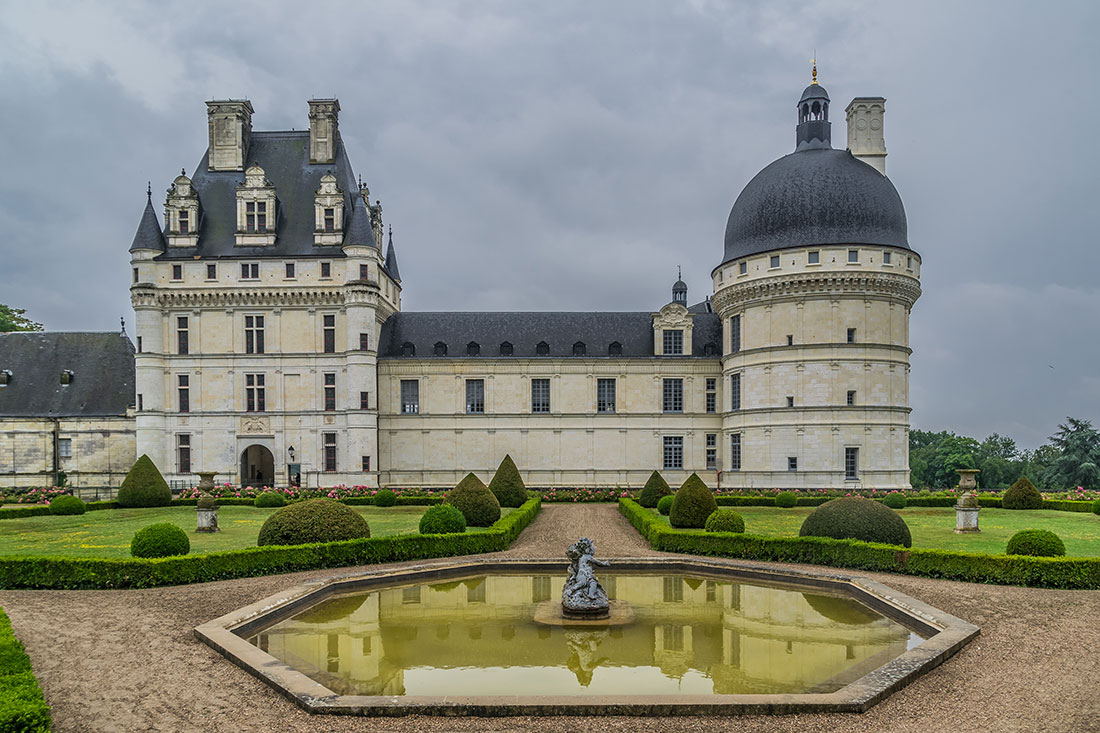
Fine collections of furniture, paintings and precious objects give the impression that people still live here. The various styles of decoration contribute to the charm of the place and testify to the radical changes in French government throughout the life of Prince Talleyrand. Empire style furniture simply fascinates with its monumentality, strength and references to the Napoleonic era. With their elegance and charm, 18th century typefaces reflect the carefree and secular spirit of aristocratic society, defining the style and etiquette of the great lord that Talleyrand never ceased to be.
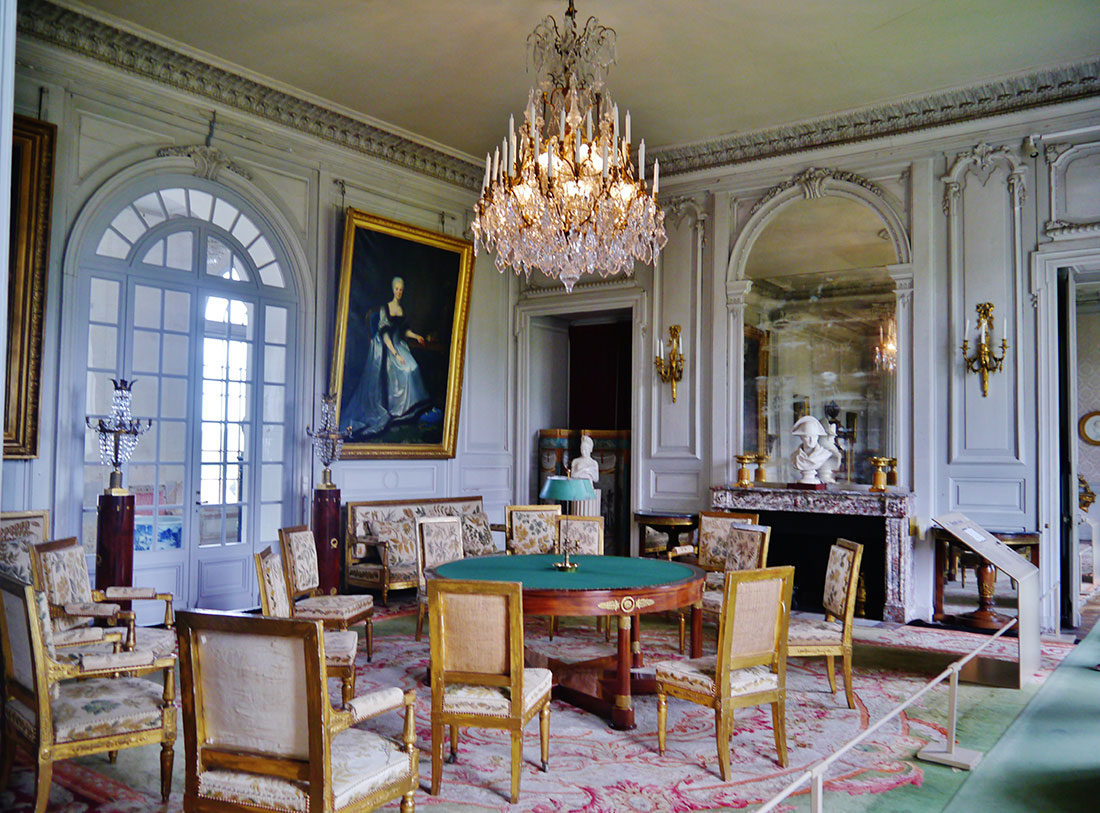
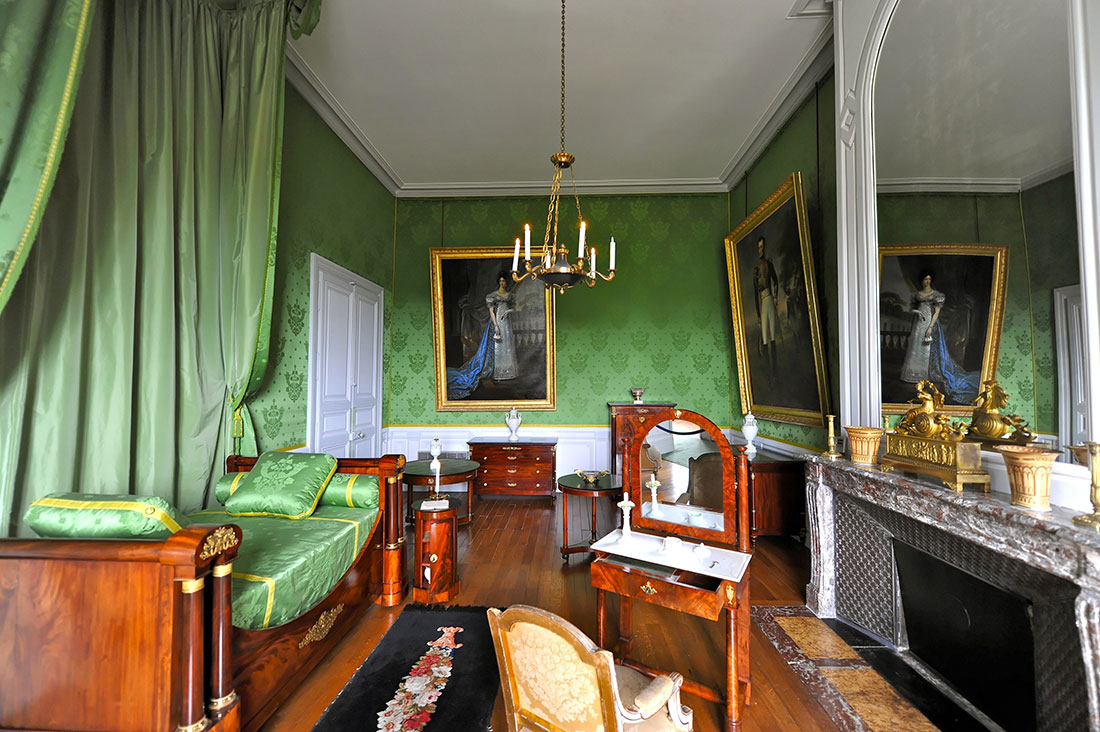
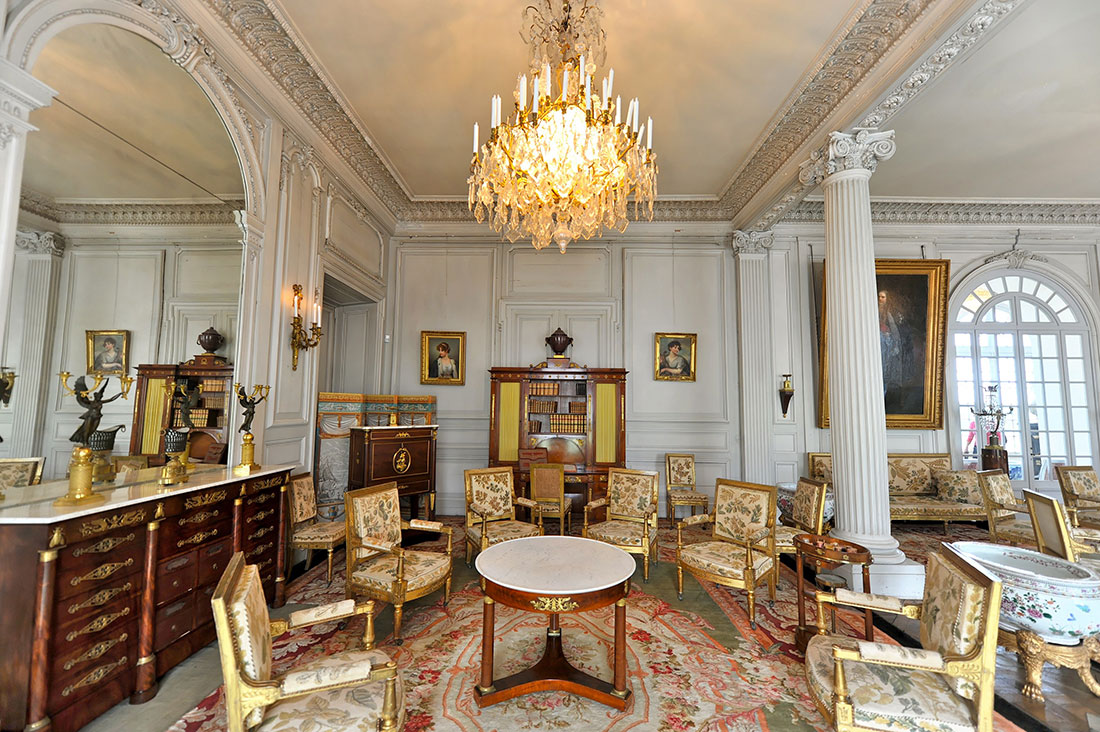
Unfortunately, the maintenance of such a castle was very expensive for the d’Estampes family, so from time to time they were forced to sell part of their land. In addition, the expansion of the family from generation to generation divided the estate in the order of inheritance. Finally, in 1747, the castle was sold to Jacques-Louis Chaumont de La Milliere, who sold it to Philippe-Charles Legendre de Villemorien in 1766. The wealth of the latter allowed him to continue his work: he built a tower on the south side, demolished a wing to open up a panoramic view, erected a new façade on the courtyard side, and remodeled the roof, giving the Château de Valençay almost that appearance we know today.
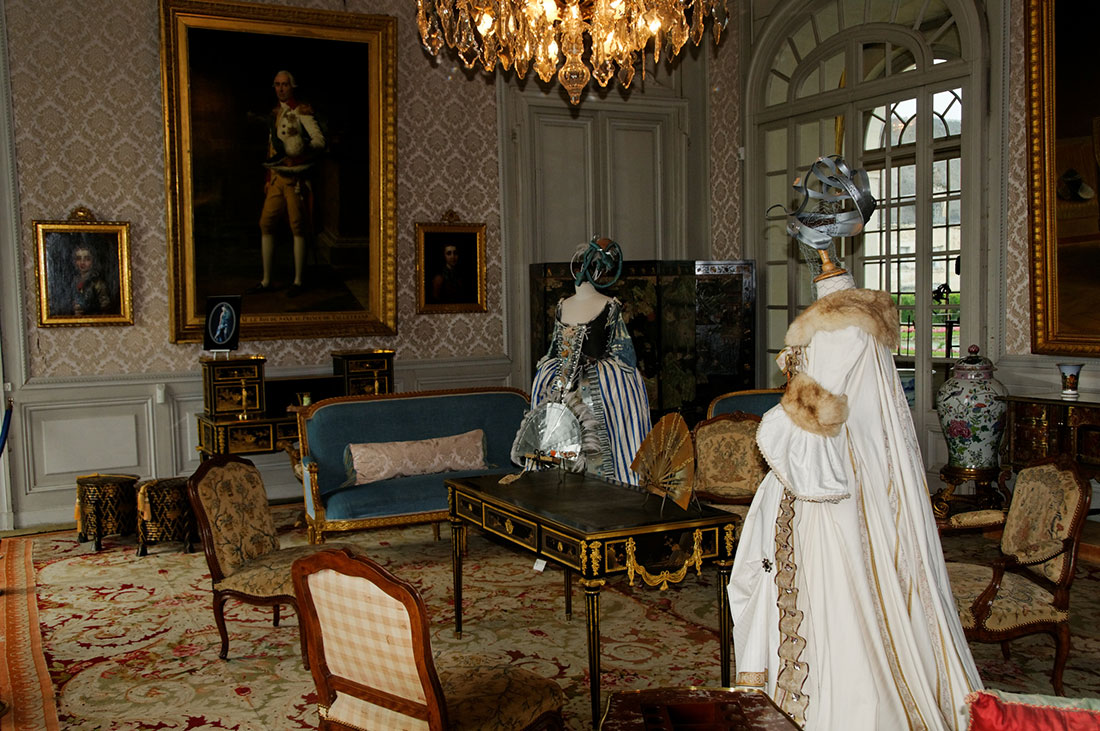
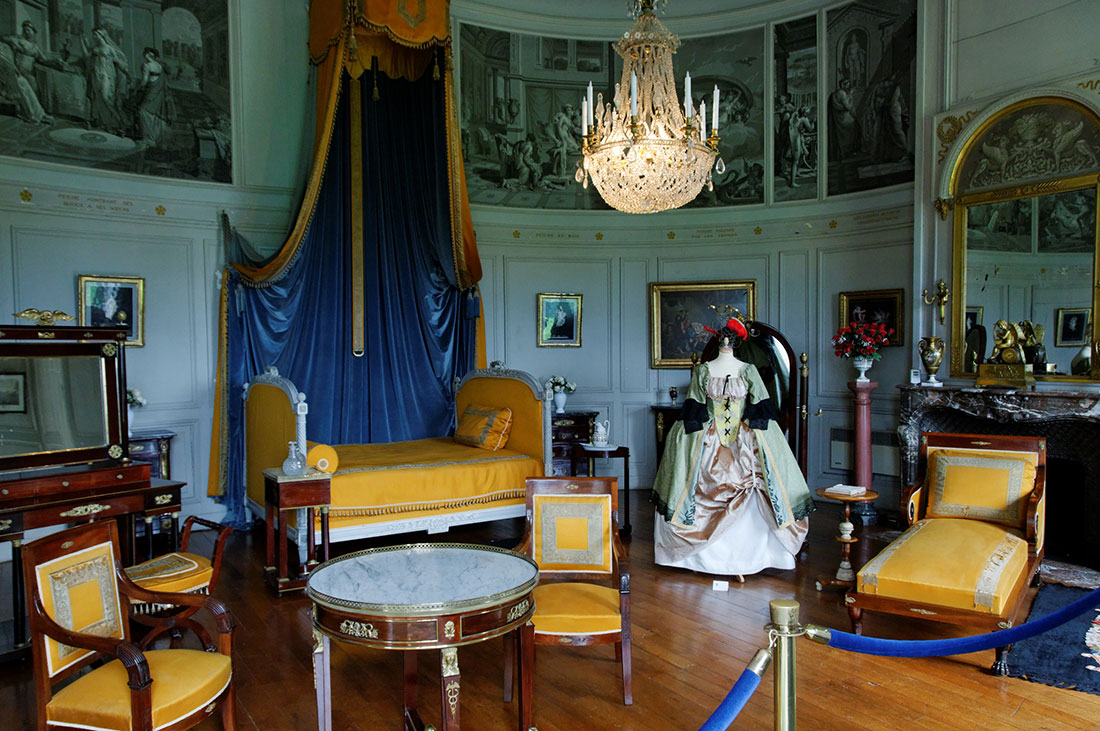

In 1803, the Valençay estate was bought by the diplomat Charles Maurice de Talleyrand, one of Napoleon’s most important ministers. The deal was encouraged by the emperor himself, who wanted his minister to be able to properly receive foreign delegations: “I want you to have a beautiful land so that you can hold diplomatic meetings at the highest level.”
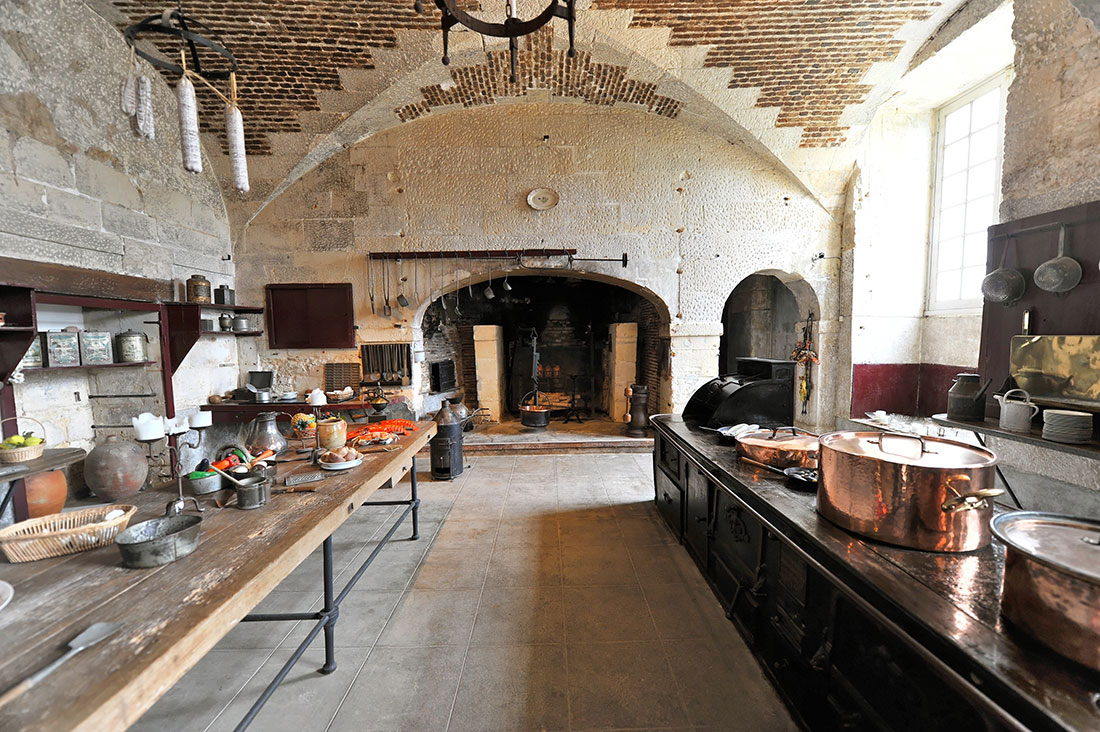
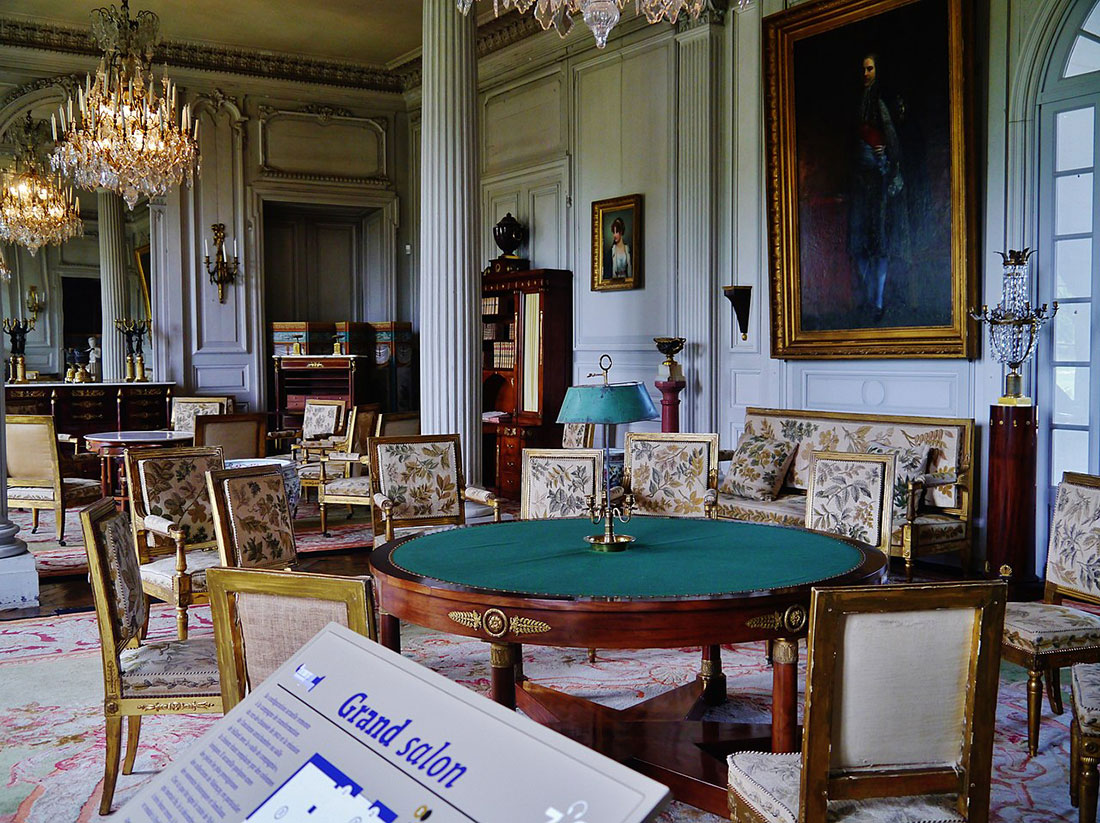
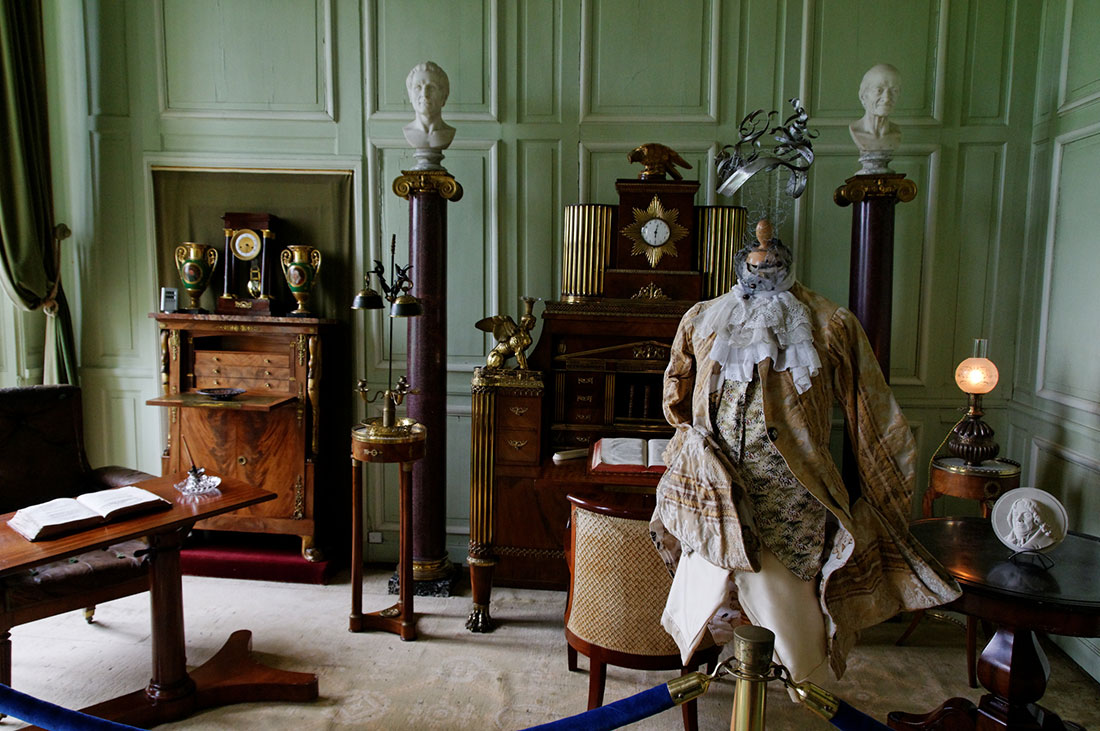
Since Talleyrand had no known legitimate sons, after his death in 1838 the estate passed to his great-nephew Napoleon-Louis de Talleyrand-Périgord. The castle remained in his family until 1952, when the next Duke of Valençay bequeathed the estate to his son-in-law Jean Morel.

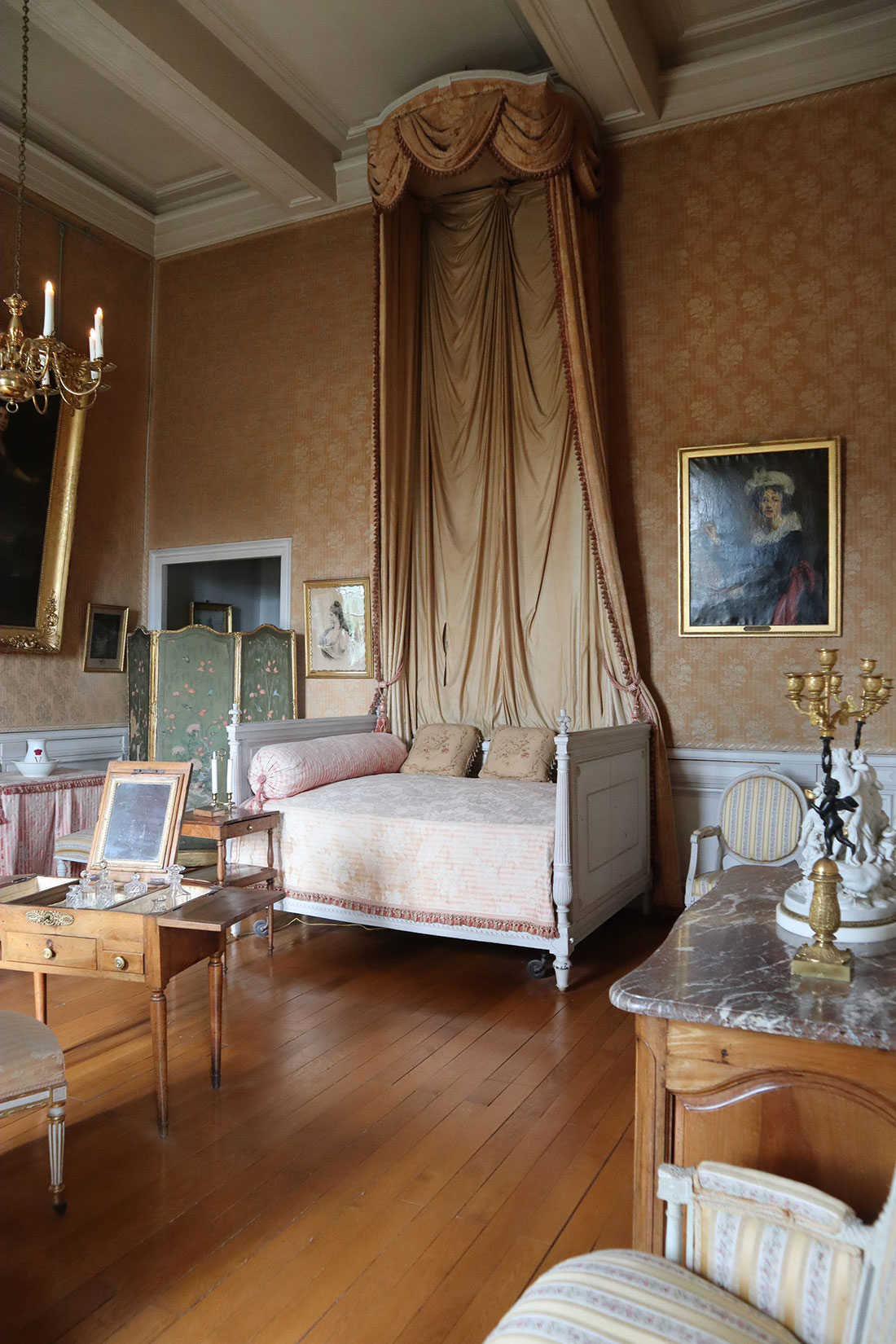
Today, Château de Valençay is an important French heritage site. The complex is distinguished by an abundance of historical furniture, as well as a large park of about 50 hectares, alternating between gardens and forests. It also played an important role during World War II as it housed artworks from the Louvre.
